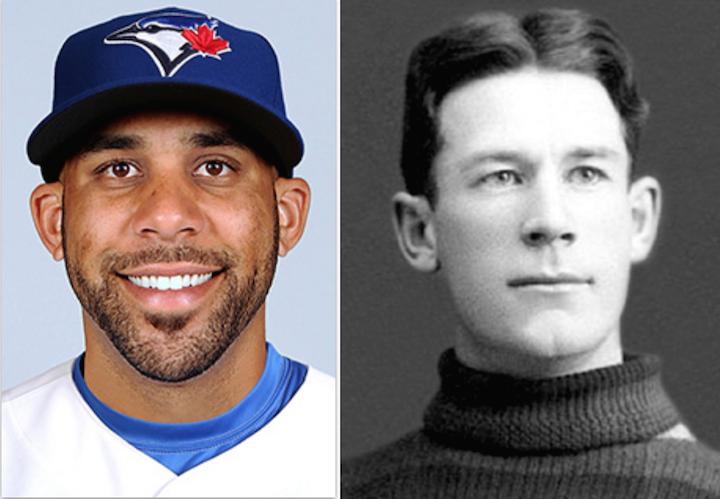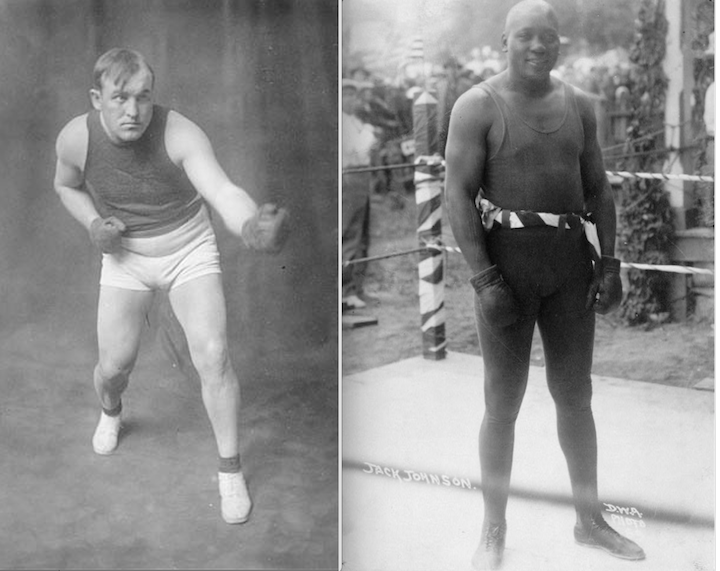I wish the Blue Jays had signed David Price. I’d love to have him back. Still, $217 million over seven years seems like too much money for too long a time. So, I’d like to take Mark Shapiro at his word that the $31 million per season will be better spent filling the various spots that still need addressing. It’s not that I doubt Shapiro’s integrity … but I don’t trust Rogers. My guess is they learned nothing from last season – “If you build it, they will come”, not “If everything goes perfectly, we might win” – and will put most of that money into their pockets while jacking up ticket prices (which they’ve already done!) and cable rates.
I admit I’m conflicted by the huge salaries in sports. On the one hand, if there really is that kind of money to be made, I like to see the players getting their share. On the other hand, the older I get the harder it is for me to cheer for people making five times as much money for every single game they play (and starting pitchers like Price watch four out of every five of those games!) as I’m earning in an entire year. But the truth is, no matter how much money is involved, fans and/or the media have always been angered by player salaries since the days they started getting paid.
Professional baseball in the United States dates all the way back to the mid 1860s. Pro hockey in Canada didn’t get started until the winter of 1906-07 when two of the country’s top leagues decided they would allow professional athletes play alongside of amateurs. This was quite the controversy in its day, and by the 1907-08 season people were already expressing amazement, if not quite outrage, at what the top stars were earning.

On December 15, 1908, a story in the Vancouver World discussed the lucrative offer Tom Phillips had recently turned down to return to the Ottawa Senators for the 1908-09 season. “Two hundred dollars a game for ten games of hockey!” the story started. “How would you like to be offered that amount? Would you refuse $2000 for practically two months work? There are few men who would; yet that is just what was declined with thanks the other day by Tom Phillips, the celebrated Ottawa hockey player, who is now in Vancouver.”
The story then went on to explain how Phillips, longtime captain of the Kenora Thistles who’d led them to the Stanley Cup in January of 1907, had received a salary of $1,600 to play in Ottawa during the 1907-08 season, but that wasn’t all. “Ottawa paid Tom Phillips $1600 cash,” the story said, “with a $60 a month job [which is a pretty fair indication that a yearly salary of $720 was not a bad bit of money for a working man in 1908] and all living expenses last winter, for approximately two months’ hockey, which figured out at ten league games.”
In all, Phillips earned about $1,800 for a little more than two months, and the paper compared his take to the $7,500 Napoleon Lajoie had been paid to play for the Cleveland Indians for a season of five months numbering approximately 154 games. “Getting down to real figures, Lajoie received about $49 every time he went on the diamond. Phillips practically cost his club … $180 ever time he went out to play a league game.” The hockey star, it was said, “would have received the stupendous sum of $17,720” if his season had as many games as a baseball season.
But the numbers were about to become even more outrageous!

On the same day the Vancouver paper reported that Phillips had turned down the $2,000 offer from Ottawa came news that he had agreed to join Edmonton for its two-game, preseason Stanley Cup series against the Montreal Wanderers at the end of December, 1908. It was soon learned that Phillips was promised $300 per game plus a bonus of $200 if the challengers beat the defending champions.
“If Edmonton wins the Stanley Cup,” the Vancouver World trumpeted on December 26, “Tom Phillips will receive: $800 for two games, or $400 an hour, or $6.66 a minute, or $0.11 a second. A man is supposed to involuntarily wink about a dozen times a minute. Therefore every time Phillips bats an eyelash it costs the Edmonton club about 50 cents.”
The paper went on to explain that the highest-paid person in Canada was the Governor-General (by coincidence, Lord Grey, whom I wrote about two weeks ago) with an annual stipend of $50,000. That was broken down as $5.80 per hour for every hour of every day for an entire year … which meant Tom Phillips was to be paid more per minute by Edmonton to play hockey than Lord Grey made in an hour. Sixty-nine times more to be exact. At that rate, the World reported that he would make just over $3.4 million in a year. “Pierpont Morgan, John Rockefeller and Andrew Carnegie had better look out,” the paper mocked.
As it happened, Edmonton lost the Stanley Cup series. Phillips played the entire 60 minutes of the first game despite breaking his ankle partway through it. He had to sit out game two. It’s unclear if he actually received the full $600 or just $300 for his one game.

Whatever Phillips got, it paled in comparison to what another Canadian athlete earned at virtually the same time. On December 26, 1908, world heavyweight boxing champion Tommy Burns of Hanover, Ontario, was paid $30,000 to fight Jack Johnson in Sydney, Australia. The fight lasted 40 minutes, meaning Burns earned almost as much as per minute ($750) as Phillips could have potentially made in both games for Edmonton. Johnson – the controversial African-American whom many other white boxers refused to face – was paid $5,000 and won the fight.
That was entertaining, Eric. It’s true though … how much is too much? The most recent example of big-time contract flame-outs are Semin and Sabathia. I wasn’t heartbroken that Price wasn’t signed, however I would like to see a like investment in the holes that remain – relief in particular.
Great topic , Eric. Until fans withdraw their support large entertainment companies and their employees will get rich. At least the major league players are doing better now thru collective bargaining. It is sad to see how so many players were taken advantage of before collective bargaining.
another great story — thanks
Great piece as usual. I agree with your ‘Jays’ take 100%. Nice perspective on ‘a brief cameo of $$$ in sports professionalism’! 🙂
Eric,
I have always questioned: “How can a person spend anywhere NEAR that amount in year, even if 1/2 of it went for income taxes. Since it is obviously a status thing, what is the point? Hiked salaries means hiked admission, which means many fools take food out of their kid’s mouths just to maintain their seats at an NHL arena. It is greed from the get go; and there are always owners who will keep upping the ante just to make sure THEY get the player(s) they want. A vicious circle with the average fan really forking over the dough.
GRG